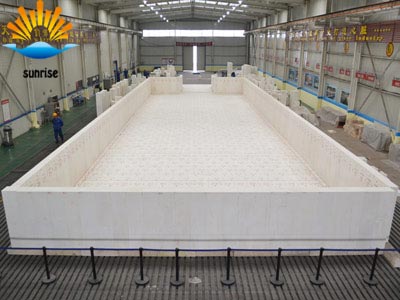Operation Conditions Of Different Furnaces And Requirements For Refractories
2016-03-23
Different furnaces are subjected to different operation conditions and will have different requirements for refractories.
1) Smelting reduction ironmaking furnace is used to replace the blast furnace in order to save energy and reduce the cost and pollution. It has a reducing atmosphere. Its molten slags is low alkali with a high iron content, which has severe corrosion to refractory materials.
2) When producing speical steel with molten steel under vacuum, high vacuum or decompression operation is adopted. The change of alkalinity is usually large. Refractories with good corrosion resistance are needed.
3) The copper converter is in an oxidizing atmosphere, which has severe corrosion to refractory materials. in order to improve the efficiency of removing impurities from crude copper power, calcium ferrite slag are used to replace iron slag. This will result in damage to the traditional lining and chrome-free refractory materials are developed for for substitution.
4) Although the temperature in the aluminum melting furnace is only 800 degree, high purity aluminum smelting simply absorb impurities from refractory materials. Pure corundum refractory materials are used in the smelting furnace linings.
5) Tires with a long service life and small rolling friction require ery hard carbon black. The reactor for the production of carbon black needs fuel. The temperature inside the reactor is up to 2000-2100 degree. Therefore, stable oxide-based refractory materials with high refractoriness are used in the ling of carbon black reactors.
6) Although the temperature inside the oil cracking device is not too high, the lining in subjected to erosion and wear of high-pressure gases. and the lining is thin. Its refractory lining materials are required to have high abrasion resistance and low thermal conductivity.
7) Refractory materials for the electric energy storage are required to have a high heat capacity, high thermal conductivity and a long service life under thermal cycling conditions (generally 30 years).
